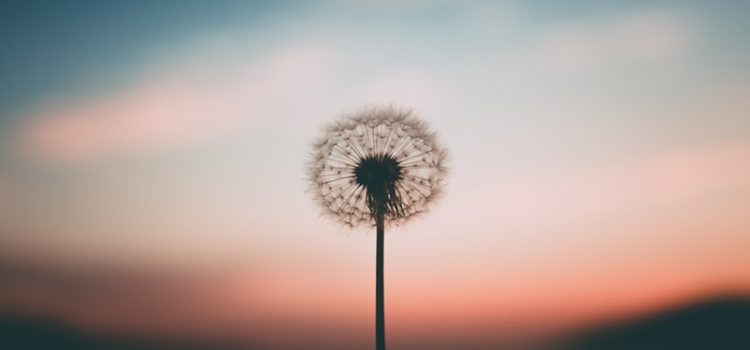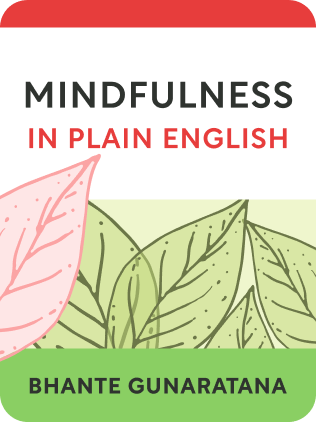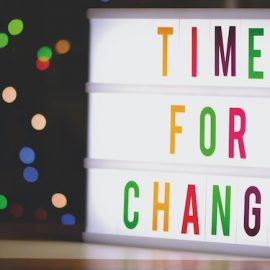

This article is an excerpt from the Shortform book guide to "Mindfulness in Plain English" by Bhante Gunaratana. Shortform has the world's best summaries and analyses of books you should be reading.
Like this article? Sign up for a free trial here .
What does it feel like to be in the state of mindfulness? And how is mindfulness different from concentration?
The state of mindfulness is by nature challenging to describe with words. Contrary to what some people think, mindfulness and concentration are very different states of mind. Concentration is achieved through willpower. Mindfulness, on the other hand, cannot be cultivated through struggle.
Keep reading the learn about the characteristics of the state of mindfulness and how it differs from concentration.
The State of Mindfulness: Elusive by Nature
Mindfulness is difficult to attach words to, as by nature it is presymbolic (it exists beyond the use of symbols to represent it). With that in mind, the characteristics of mindfulness are as follows:
- The feeling of pure non-conceptual awareness before you conceptualize the thing and turn it into conscious thought.
- Nonjudgmental, without any preconceived notions.
- Present-moment: it takes place here and now. Thinking about the past or the future requires conscious thinking that is not mindfulness.
- Non-egotistic: it does not refer to the self. No “I” or “me.” It merely observes what is there.
- For example, “I have a pain” is distorting the sensation.
- Aware of change.
- It watches phenomena decay and die.
- It watches how a sensation affects the body.
- It sees the mind change from mindfulness to conscious thought.
- It has a light, clear energetic flavor. In contrast, conscious thought is heavy, ponderous.
- Sees things as they are, without adding anything or subtracting anything.
- Conscious thought loads us down with concepts and ideas, attaches emotions.
- Mindfulness is mere awareness: “ah, this…and this…and now this.”
- Total nonattachment and lack of clinging.
- Sees directly the three Buddhist truths of experience: impermanence, unsatisfactoriness, selflessness.
Practically, mindfulness clears your mind of psychic irritants by allowing you to become aware of them, observe them objectively without emotion, recognize their destruct impact, and allow them to dissipate without their taking over you.
Mindfulness vs Concentration
Concentration and mindfulness are different things.
- Concentration is applied force to focus on a single thing. It is sheer willpower.
- Mindfulness is a sensitive function leading to refined sensibilities. It notices things. It cannot be cultivated by struggle.
In the state of mindfulness, the mind picks the objects of attention and notice when the focus has strayed. Concentration, on the other hand, does the actual work of holding the attention steady. Concentration is the sun’s parallel rays, and mindfulness is the lens that focuses the rays onto an object.
They should be developed as a team. Mindfulness is more important, but one cannot survive without the other.
- Concentration without mindfulness leads to conscious obsession – lust, greed, resentment. It does not understand what it sees. Or, if the mind is blank, it can lead too much to the “stone buddha” syndrome, where you fall into a stupor.
- Mindfulness without concentration sees too many things pass. It looks on as the attention shifts rapidly. It does not aim at anything. Without the power of concentration, mindfulness cannot penetrate the deepest level of the mind.

———End of Preview———
Like what you just read? Read the rest of the world's best book summary and analysis of Bhante Gunaratana's "Mindfulness in Plain English" at Shortform .
Here's what you'll find in our full Mindfulness in Plain English summary :
- How to practice mindfulness daily
- How to recognize emotions as they arise
- Why you have to let go of emotions for peace






